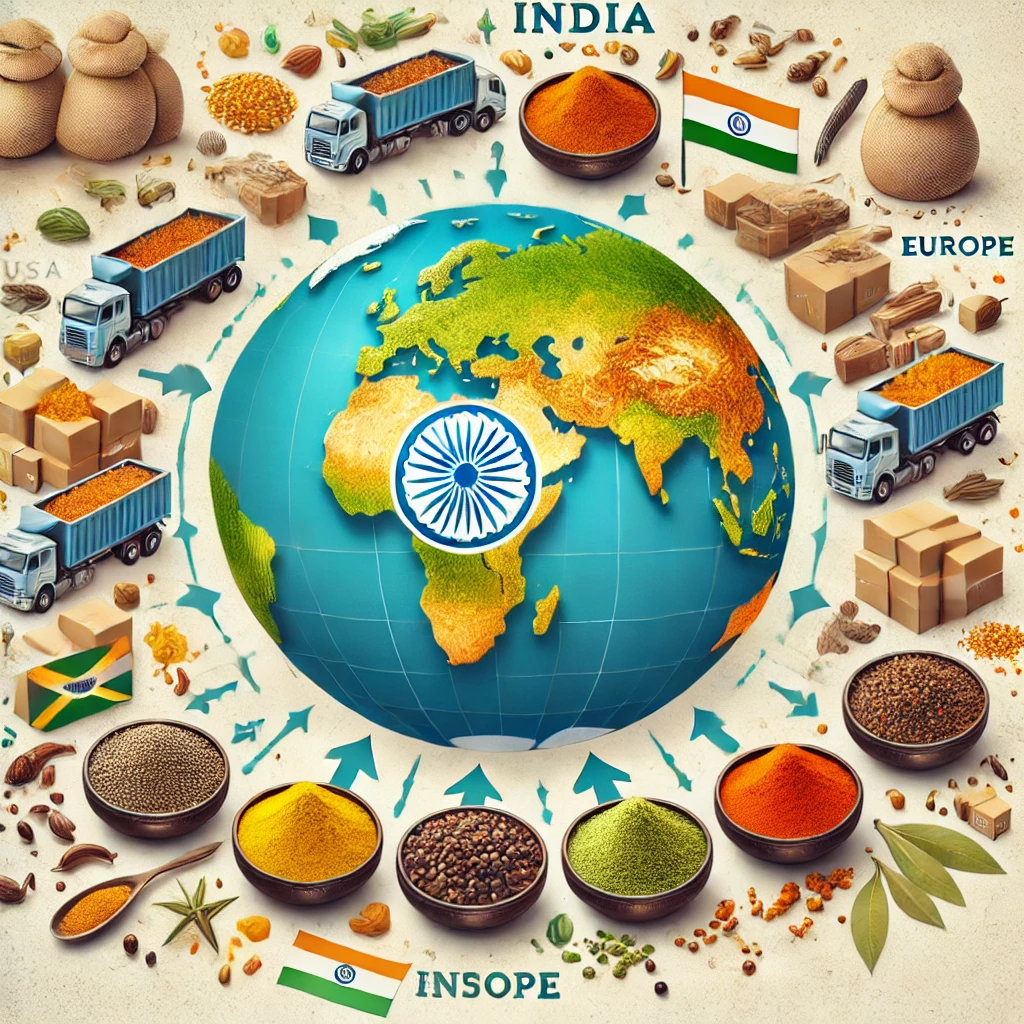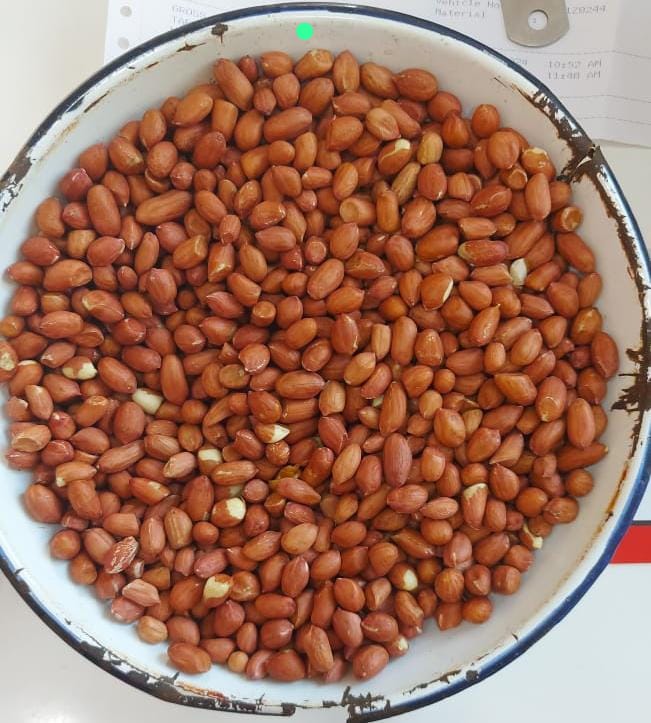Why Focus on Emerging Markets for Indian Exports?
With traditional export destinations like the US and Europe experiencing saturated demand and economic challenges, emerging markets in Africa, Latin America, and Southeast Asia are becoming increasingly attractive. These regions offer a growing middle class, rising disposable incomes, and evolving infrastructure, creating new avenues for Indian exporters.
Here are key reasons why Indian businesses should focus on emerging markets:
- Growing Demand: Many emerging economies are witnessing high population growth and urbanization, fueling the need for products ranging from agricultural goods to technology and healthcare.
- Untapped Potential: These markets often have fewer competitors, giving Indian exporters the advantage of early entry and strong market positioning.
- Supportive Trade Policies: India’s government is actively pursuing trade agreements with emerging markets, reducing tariffs and creating more favorable export conditions.
Key Sectors with Export Opportunities
🌾 Agriculture: Feeding the World with Indian Crops
India’s agricultural sector continues to be a major driver of its export economy. The global demand for Indian spices, rice, wheat, and fruits like mangoes and bananas remains high. New trends are also emerging in organic and processed foods, offering immense potential for Indian farmers and agro-businesses.
Emerging Markets for Indian Agriculture:
- Africa: African nations, including Kenya, Nigeria, and South Africa, are showing growing interest in importing Indian rice, spices, and processed food items.
- Middle East: Countries like Saudi Arabia, UAE, and Qatar are significant importers of Indian agricultural products, especially due to the region's limited agricultural output and reliance on imports.
Opportunities:
- Export of organic agricultural products and processed foods to meet the global demand for healthier and more convenient food options.
- Expansion into drought-resistant crops and climate-adapted varieties to meet the needs of water-scarce regions like Africa.
🧵 Textiles: Weaving India’s Rich Heritage into Global Markets
The textile industry is one of India’s oldest and most renowned sectors, contributing significantly to the country’s exports. From traditional garments like sarees and shawls to modern clothing lines and technical textiles, India has a robust offering for the global fashion and textile markets.
Emerging Markets for Indian Textiles:
- Latin America: Countries like Brazil, Mexico, and Chile are importing more Indian textiles due to competitive pricing and high-quality fabrics.
- Southeast Asia: Nations such as Indonesia and Vietnam are becoming important markets for Indian yarn and fabric exports, driven by increasing manufacturing activities in the region.
Opportunities:
- Expansion of sustainable textiles (eco-friendly fabrics) as consumers worldwide seek ethical and green fashion choices.
- Growth in technical textiles for sectors such as automotive, healthcare, and construction, providing high-performance materials for specific industries.
ðŸ–¥ï¸ Technology: The Next Frontier in Indian Exports
India’s IT and technology sector has already made significant strides globally, with the country being a top exporter of software services and IT solutions. However, as emerging markets begin to embrace digital transformation, there is a massive opportunity for India to export technological infrastructure, digital services, and hardware products.
Emerging Markets for Indian Technology Exports:
- Africa: With the rise of tech hubs in Kenya, Ghana, and Nigeria, the demand for affordable technology solutions is skyrocketing. Indian IT companies can offer affordable and scalable solutions in this rapidly developing region.
- Eastern Europe: Countries like Poland and Romania are becoming important tech markets, offering Indian software firms new avenues for collaboration and export.
Opportunities:
- Expansion into cloud computing, AI, and fintech solutions as countries modernize their economies and implement advanced digital tools.
- Cybersecurity services to help businesses in developing regions protect their growing digital infrastructure.
Regions of Interest for Indian Exporters
1. Africa: A Land of Growing Opportunities
Africa, with its diverse economies and vast potential, is increasingly turning to India for agricultural, pharmaceutical, and technology products. Countries like Ethiopia, Nigeria, and Ghana are eager to import medicines, textiles, and technology solutions from India. The India-Africa Trade Conclave is helping to strengthen these ties.
2. Latin America: Untapped Markets for Indian Goods
Latin American countries like Brazil, Argentina, and Chile are increasing their import of Indian textiles, automobiles, and chemical products. With minimal competition from other Asian countries, Indian exporters have a significant opportunity to grow in this region.
3. Southeast Asia: A High-Growth Region
Countries such as Indonesia, Thailand, and Vietnam are becoming key trading partners for India due to the India-ASEAN Free Trade Agreement. The demand for Indian agricultural products, pharmaceuticals, and automobiles is particularly high in these rapidly industrializing nations.
Strategies for Indian Exporters to Succeed in Emerging Markets
🔹 Leveraging Trade Agreements: Indian exporters should take full advantage of Free Trade Agreements (FTAs) to gain preferential market access, reduced tariffs, and competitive pricing in emerging markets. Some significant FTAs that are beneficial include the India-ASEAN FTA and agreements with Latin American countries.
🔹 Focusing on Quality: As global competition heats up, quality will play a decisive role in the success of Indian exports. Maintaining high product standards and ensuring quality certifications such as ISO, HACCP, and organic certifications will enhance India's reputation and competitiveness.
🔹 Sustainable Practices: Incorporating sustainable and eco-friendly practices in production, particularly for textiles, agriculture, and manufacturing, can open doors to environmentally conscious markets and align with global sustainability trends.
🔹 Strengthening Digital Presence: In today’s digital age, a strong online presence is essential for reaching new markets. By optimizing websites, improving SEO, and utilizing platforms like Amazon Global and Alibaba, Indian exporters can directly reach international buyers, particularly in B2B markets.
Conclusion: The Future of Indian Exports
The future of Indian exports lies in the country's ability to adapt to emerging market demands and evolving global trends. Sectors like agriculture, textiles, and technology will continue to thrive, but success will depend on the willingness of Indian exporters to embrace innovation, sustainability, and quality.
By focusing on emerging markets, leveraging favorable trade policies, and ensuring high-quality standards, Indian businesses are well-positioned to expand their global footprint and drive significant export growth in the years to come.










